The Armenian communities of western Asia Minor were far removed from the historic Armenian territories and the fertile Cilician plain. These communities were relatively new, dating to the later centuries of the Byzantine Empire and the early centuries of the Ottoman Empire because of invasions and turbulence in the homeland, the fall of the last Armenian kingdom, and the ruin and devastation caused by the recurrent Ottoman-Persian wars.
In time, scores of Armenian villages and towns sprang up in a broad arc of about 100 miles around Constantinople. Armenians lived on both sides of the Sea of Marmara—in European Rumelia and in the nearer districts of Asia Minor. This favorable economic position fostered a thriving economy. Armenians were engaged in many pursuits, from agriculture and handicraft to textiles and silk production. In fact, sericulture was the most important source of income and employment in several Armenian communities, the raw silk and cloth being exported primarily to the Ottoman capital and to the commercial centers of Europe.
Although the Armenian inhabitants of western Asia Minor constituted a very small percentage of the region’s total population, they were not spared from the persecution and death marches in 1915 during the genocide. Even those in very small villages were driven southward toward Konia and the Syrian desert.
This volume is intended to provide glimpses into the life of those communities and the real people who lived in them.

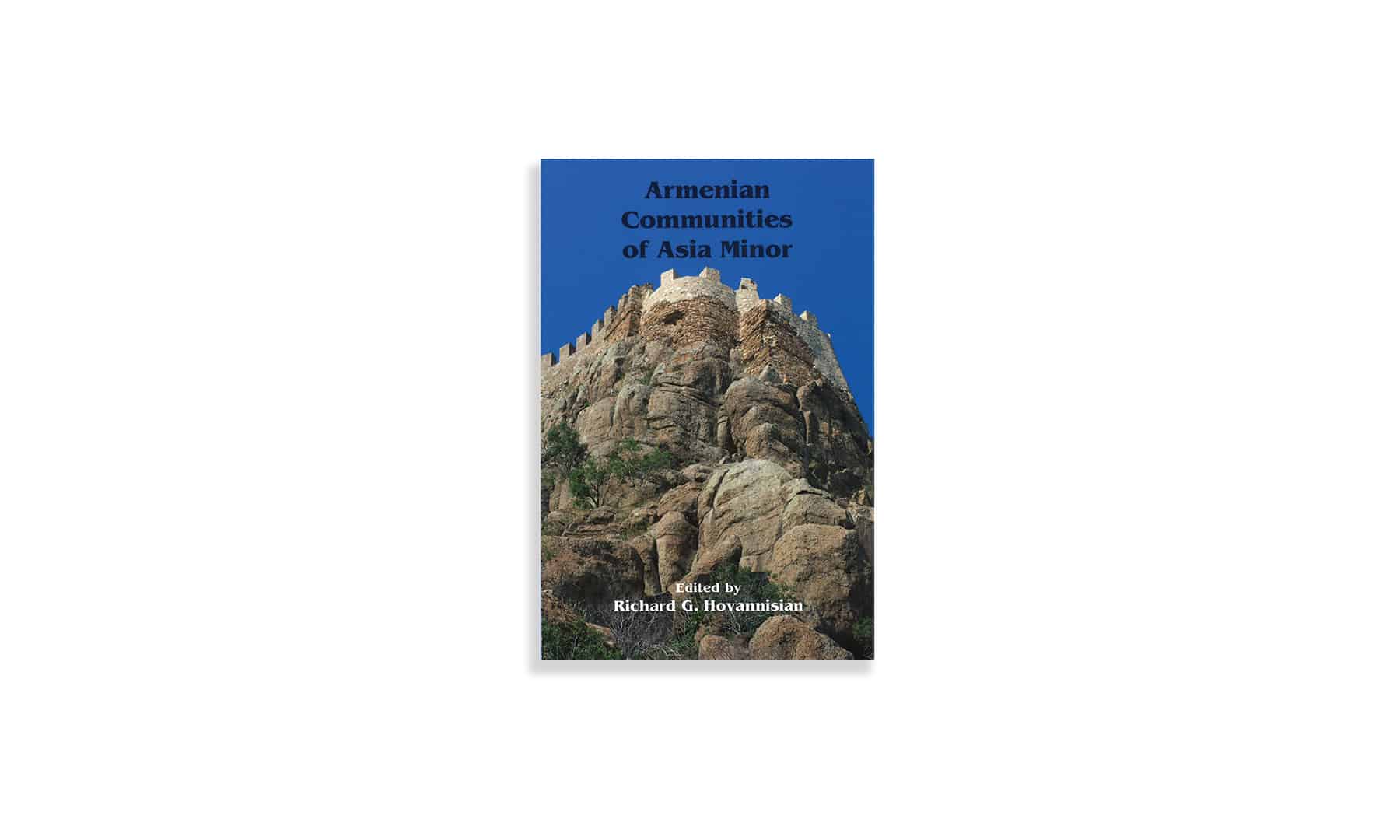
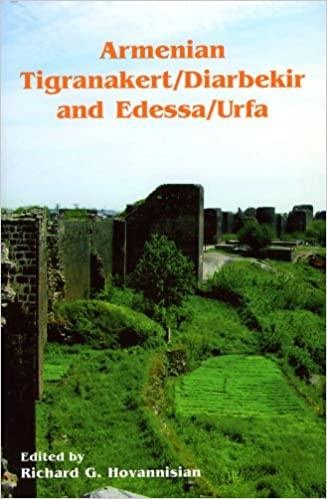
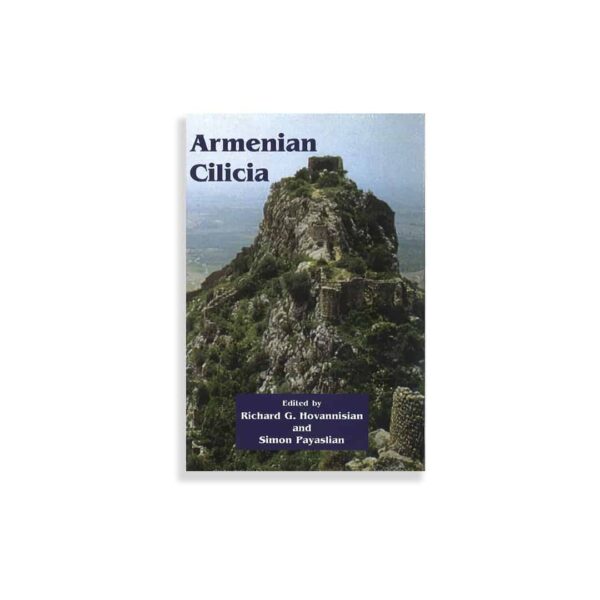

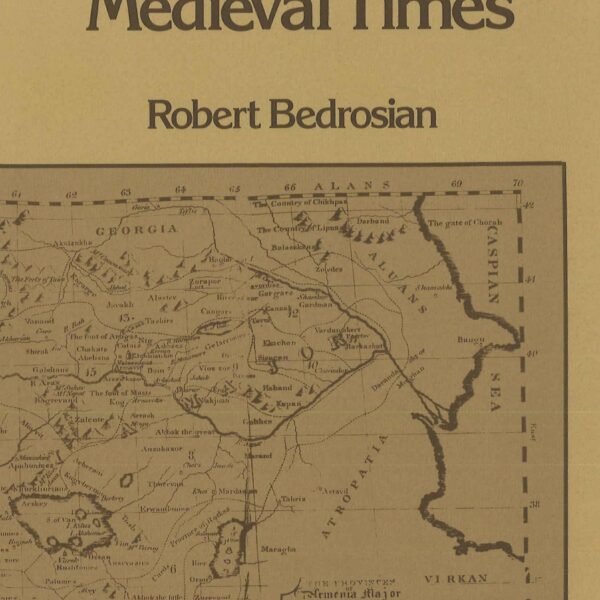
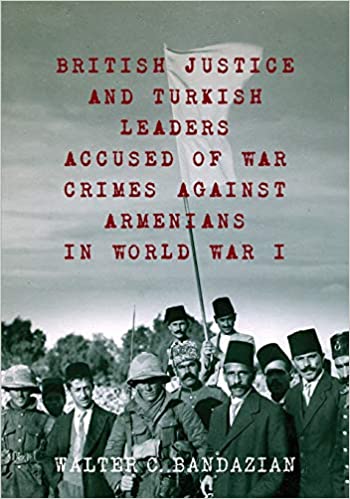

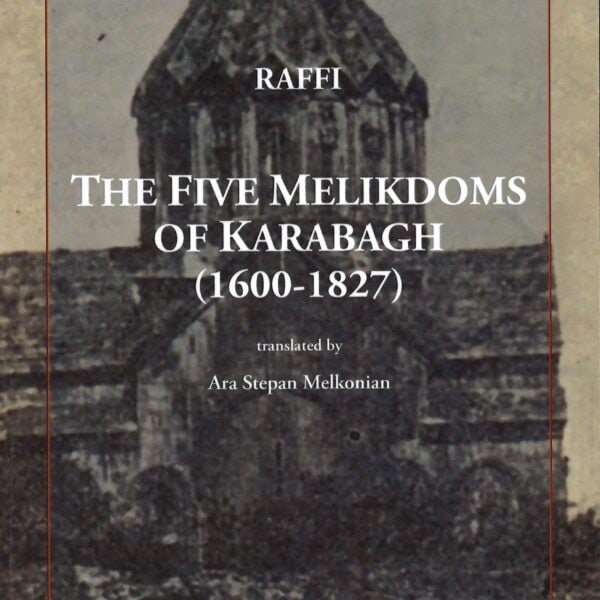

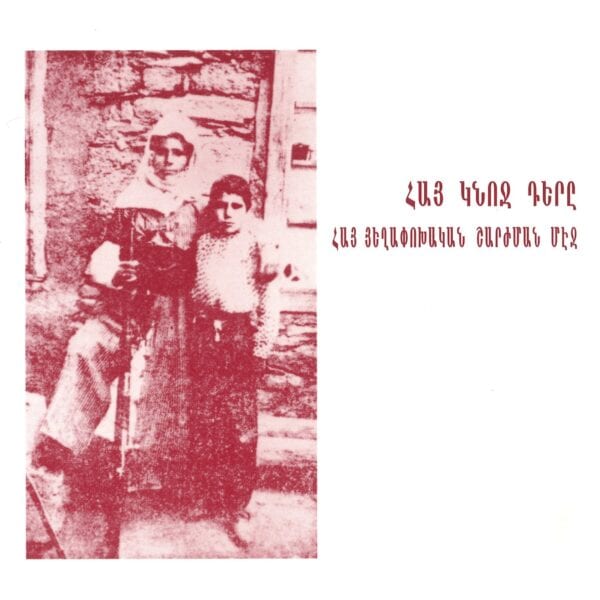

Reviews
There are no reviews yet.